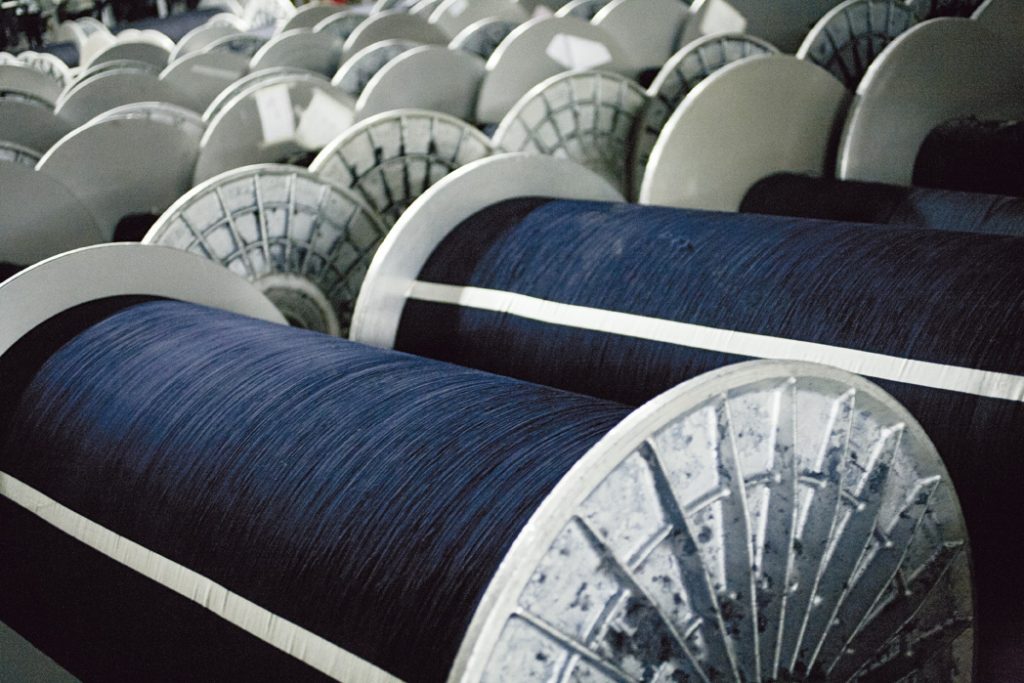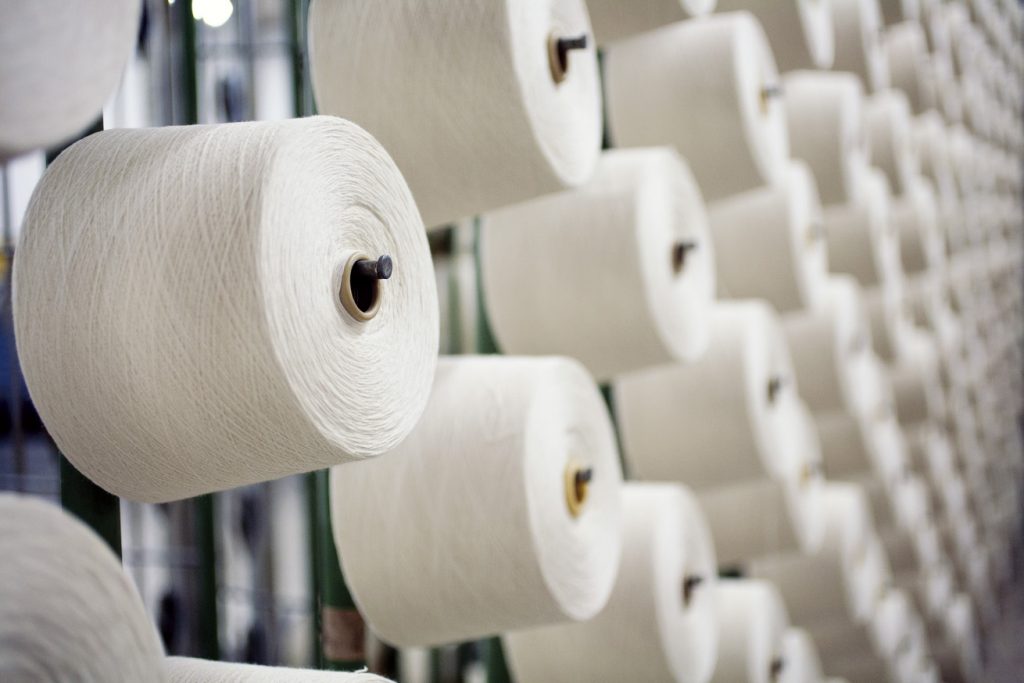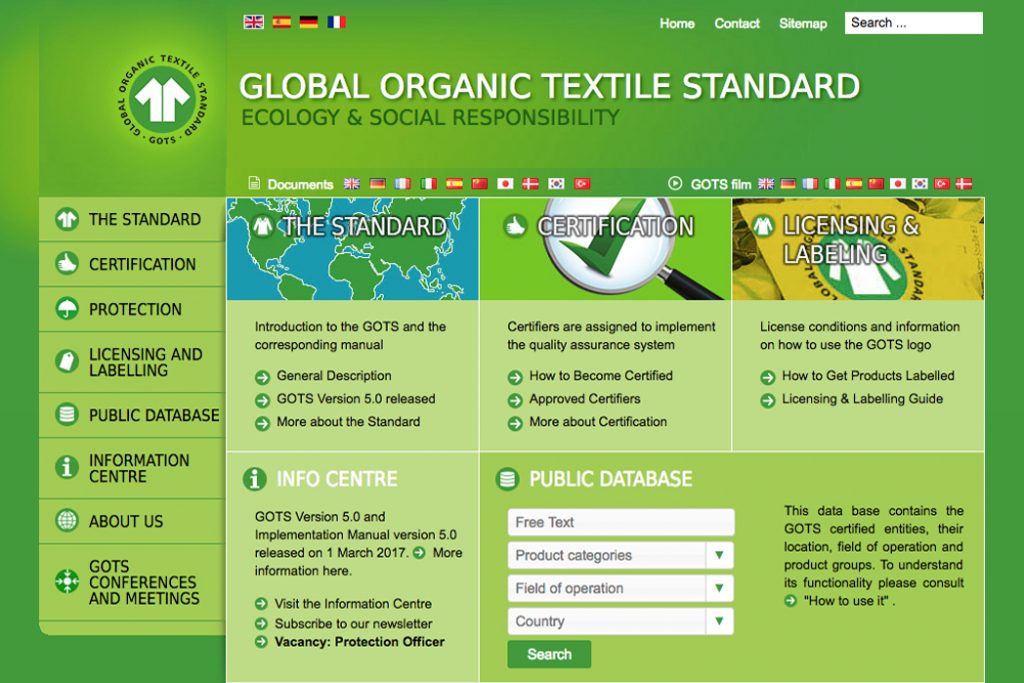From the pesticides used in the cotton fields to the water and energy needed for traditional washing techniques and disposal of the waste water from industrial laundries, the need to be eco-friendly is one of the most pressing issues for the entire denim industry.
[…] Starting from cotton growing that can only be labeled organic if it obeys a set of rules and parameters for its cultivation methods, for the plantation and the conditions for the people who work on it. Right from the sowing stage, true organic cotton requires a rotation of semi-natural and artificial insecticides and additives that will eventually replace chemical products, often calling on Mother Nature herself by encouraging insects that are beneficial for cotton and for its cultivation. The prohibition on the use of harmful products extends to the areas adjacent to the cotton fields, which cannot border on crops using traditional cultivation methods. A time-scale is also set because, in order to be certified organic (*), a cotton crop must be free of chemical treatments for at least four years.

These rules were introduced some twenty-five years ago and are now abided by in most of the world’s nations, following on from the many years during which the US was the prime mover in the rigour of their procedures, benchmarking their best raw materials for over half a century with the registered trademark Cotton USA, attached to garments made from at least 50% cotton of US origin, its export and use overseas being promoted by the Cotton Council International. The US have also led the way in cotton quality control, thanks to the advanced technology employed for harvesting and processing, in order to avoid contamination from other fibers. US cotton is grown in a vast zone known as the Cotton Belt, covering seventeen states and producing two qualities: Upland, that accounts for the vast majority, some 97%, of the total production and Pima for the remaining 3%, a cotton with extra-long fibers mainly grown in Arizona, Texas and New Mexico and whose superior quality is guaranteed by the checks and inspections carried out at every stage by the Supima Association. One of the main defining features of cotton quality, regardless of whether or not it is organic, is the length of its fibers, 34-36mm for good quality cotton, whose fineness and strength depend mainly on the fineness and maturity of the fiber.

Apart from the US areas already mentioned, the most highly prized cotton is grown in a belt just above the equator comprising Mali, Benin and Central Africa, in parts of Syria and Turkey and in Egypt, which produces Giza cotton from “The City of the Gods”, highly prized for its extremely fine grammage and extra-long fibers, woven into fabrics that are both remarkably fine and strong. China produces Xinjiang cotton, named after the region of the same name, which has very long, strong fibers, destined almost exclusively for internal consumption, in addition to the vast quantities of cotton imported to meet the needs of the huge national market. Good quality cotton is produced in Paraguay, in Brazil, which has an ultra-modern cotton industry developed over the last twenty years, and in some small areas in Pakistan. Finally, there is the particularly well-known, top quality cotton grown in the West Indies with, at 39mm, the longest, strongest fibers in the world, harvested painstakingly by hand so as not to damage those fibers. When making a denim fabric, the preference tends to be for a mix of different quality cottons, usually originating from three or four different places, rarely only one, in order to obtain the most uniform features that can be recreated with ease.
* The GOTS (Global Organic Textile Standard) is the most authoritative international standard for the certification of organic fabrics which can only be obtained if every production stage, from cultivation to processing and including labeling, is compliant. Among other things, the GOTS standards states that, in order to be called organic, a fabric must contain at least 95% organic fibers, and no genetically modified fibers are permitted.
